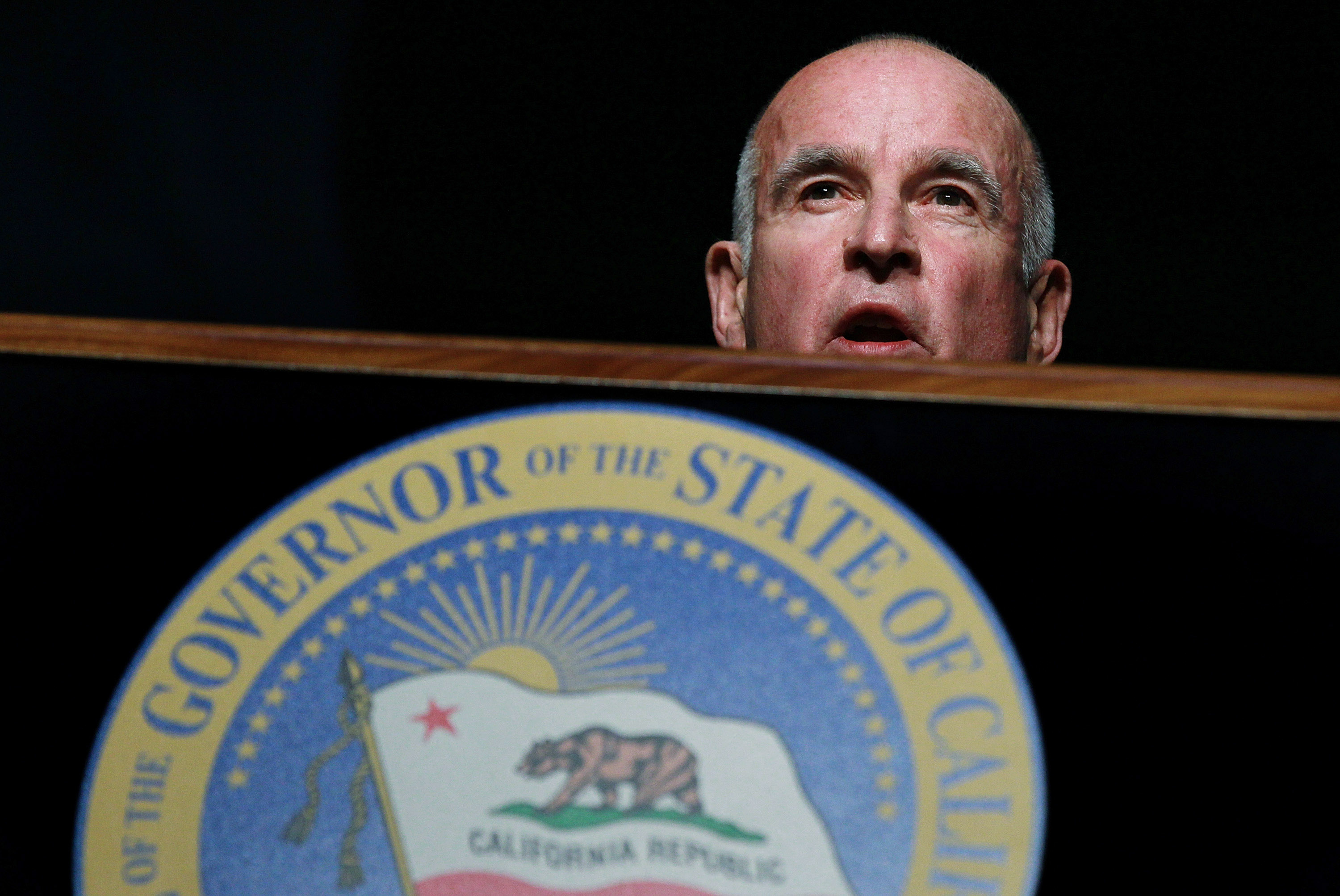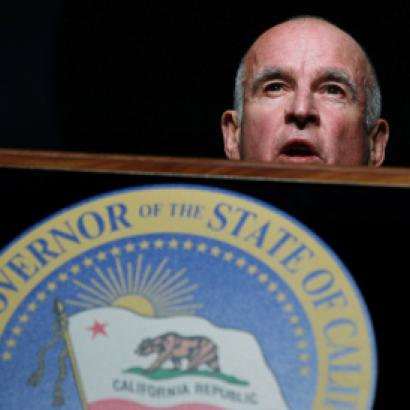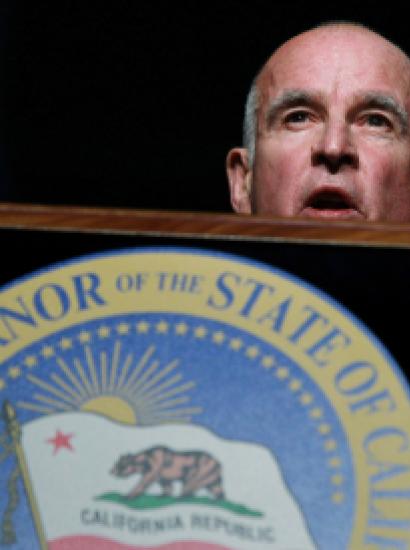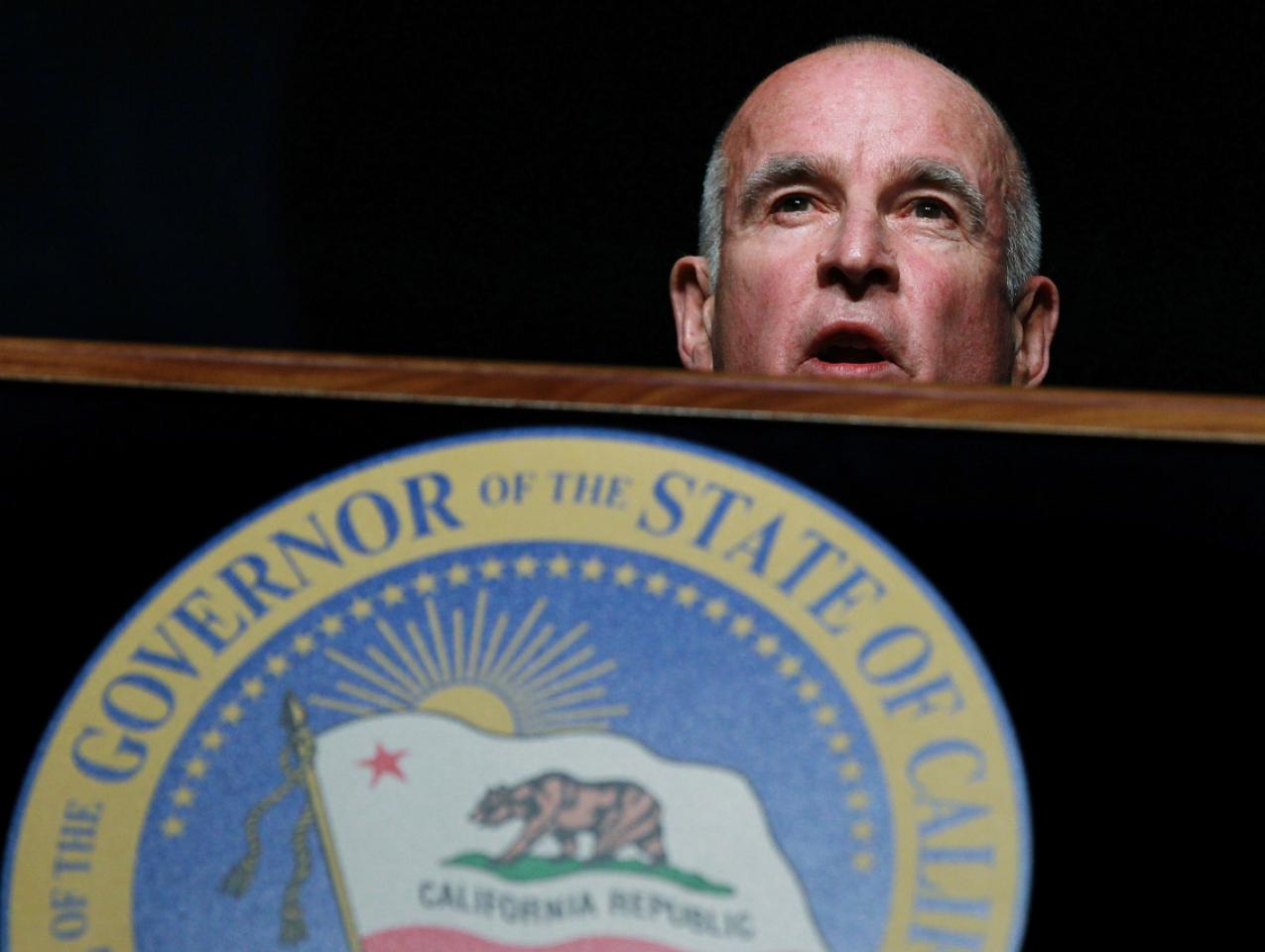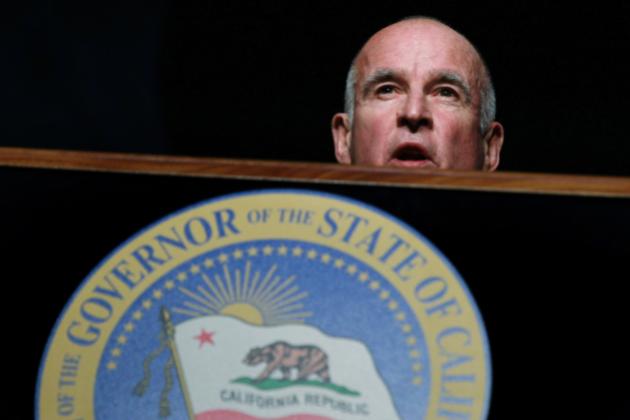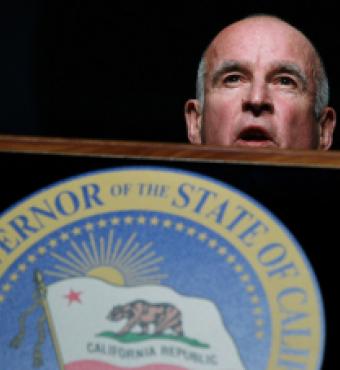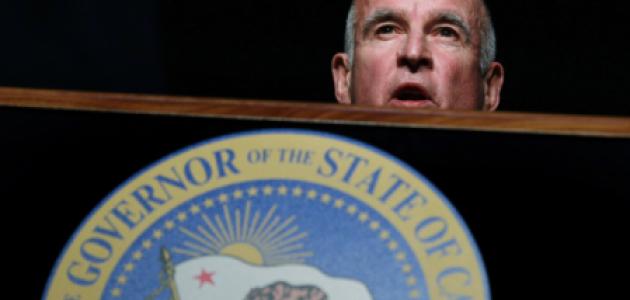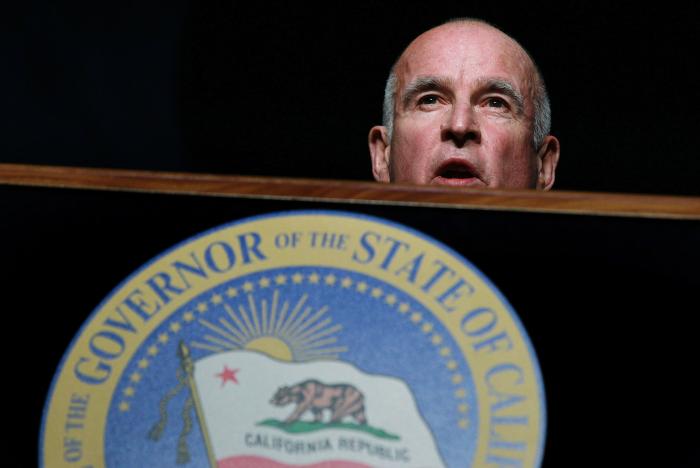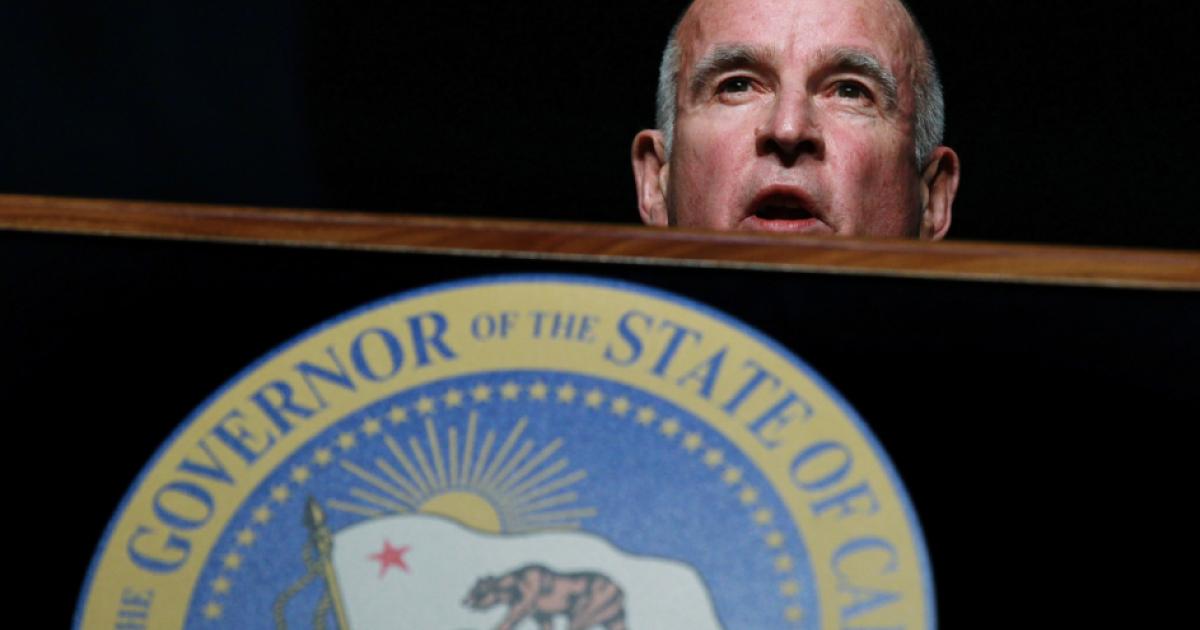- Politics, Institutions, and Public Opinion
- State & Local
- California
Look inside Governor Edmund “Jerry” Brown Jr.’s final state budget that was passed in June, and you will see important reasons why California struggles with a host of problems ranging from road congestion to reliable water supplies.
These problems are not the consequence of an inadequate state budget. At $201 billion, the state budget has nearly doubled in the last fifteen years. Governor Brown Jr.’s final state budget will spend nearly five times as much per person after adjusting for inflation compared to the state budgets of the early 1960s under his father, Governor Edmund “Pat” Brown Sr. So what gives?
The answer is how the budget is allocated. Take public capital investments. Or the lack thereof. There is no mystery for why the state has chronic water storage and delivery problems, why there are fewer miles of serviceable roads today than in the past, why California public schools and colleges are crumbling, and why your local Department of Motor Vehicles building looks like an outpost from a 1940s film noir movie.
The explanation for all of these problems is that state lawmakers no longer allocate adequate funds for capital spending. In recent years, capital spending has received only 2–3 percent of the state budget, which is roughly a ten-fold decline from the days of Governor Brown, Sr. Recent levels of capital spending are not nearly enough to cover depreciation, much less make meaningful new capital investments. Plain and simple, California’s public infrastructure is grossly deficient and it deteriorates further every year.
The cost of these neglected investments is high. The American Society of Civil Engineers gives California a grade of D+. The engineers find that roads in poor condition cost each California driver an additional $845 per year in repair and depreciation expenses, that there are 678 California dams with a high hazard potential, that one out of every eighteen state bridges is structurally deficient, and that adequately dealing with drinking water and wastewater issues would require over $70 billion of deferred maintenance and investment.
These numbers not only highlight the magnitude of the remediation costs of neglected infrastructure, but they also demonstrate just how badly government has been performing its most basic tasks. Ask yourself the following questions: Are you comfortable knowing that one out of every eighteen bridges that you cross in California is deficient? Are you comfortable knowing that there may be hundreds of more dams and reservoirs in the state like the Oroville Dam, in which lack of maintenance was a significant factor in the dam’s 2017 catastrophic failure? And before you answer these questions, keep in mind that infrastructure safety is paramount in California, a state that experiences one to two earthquakes each month that are above magnitude 4.
The state didn’t always skimp on public investments. During the 1960s, lawmakers allocated twenty percent of the State budget to capital outlays. These 1960s investments included the California Water Project, which brought water to much of Southern California, a massive increase in K–12 and public college construction, and substantial investments in new roads that expanded existing capacity and that also connected rural and agricultural areas to urban areas. Between 1940 and 1980, California’s population grew from less than 7 million to nearly 24 million. Resources were particularly scarce for much of this time, not only because of lower income, but also because of the fact that roughly half of California’s population in the 1960s was under the age of twenty four. This demographic group provided little tax revenue, but required substantial expenditures on public schools and colleges.
Despite these challenges, Californians found the political will to make enormous investments in water, roads, and schools. This political will was facilitated by the fact that state leaders shared a nonpartisan vision that the functions of government were to serve the basic needs of its citizens and that the public’s interest was best served by a government that helped, not hindered, growth and development. California’s public-private partnership created enormous synergies that not only made California the country’s largest state, but also the second most productive state behind New York.
Governor Brown Sr.’s budget statements from the 1960s highlight the nonpartisan principles that guided state government at that time. In these statements, Brown Sr. wrote about the state’s “magnificent growth,” and that meeting the needs of a rapidly growing and young population required making substantial capital investments. He wrote about the sacrifices that taxpayers made, and taxpayers rightly demanded a government that uses funds just as efficiently as in the private sector.
These principles of government that proved to be so successful are long gone. In contrast to his father’s respect for the taxpayer, Brown Jr. has castigated taxpayers who opposed California’s 2018 gasoline tax hike as “freeloaders.” And in contrast to a state government that was tightly focused on investment and growth, political leaders today are advancing a long list of social and political themes ranging from climate issues to global economic inequality.
This newer set of political themes now competes with capital investments for funding, and this competition is an important reason why capital investment remains so low. In order to understand this problem it must be noted that during the 1960s, four spending categories— health care, pensions, welfare, and interest on debt—took up about 34 percent of the budget. Today, the budget share of those four categories has nearly doubled to about 66 percent, leaving only a small piece of the pie for other budget areas.
Back in the day of Governor Brown Sr., it would have been unthinkable for lawmakers to invest so little and to allow the state’s infrastructure to deteriorate to the point where roads, bridges, and dams became significant public safety issues. It is time for California policy makers to get back to the basic needs of its citizens and make capital investments. And it is time for California voters to choose political leaders who put economic growth and public safety front and center.
Lee E. Ohanian is a senior fellow at the Hoover Institution, Stanford University.







